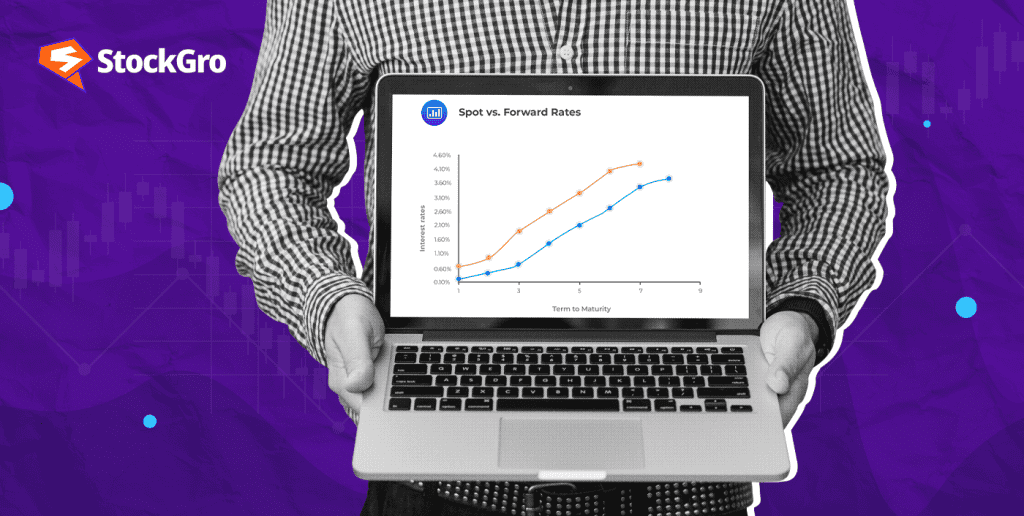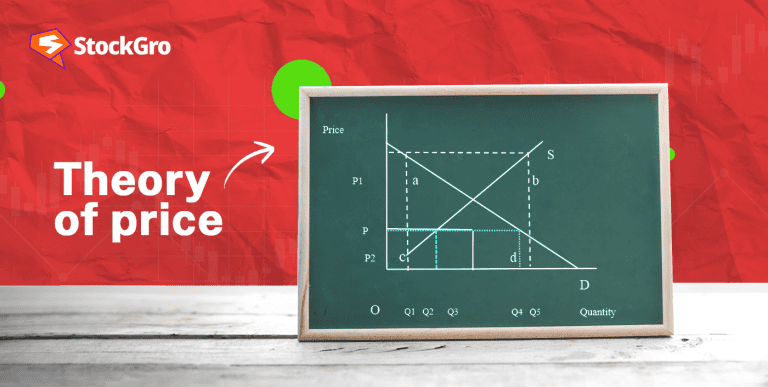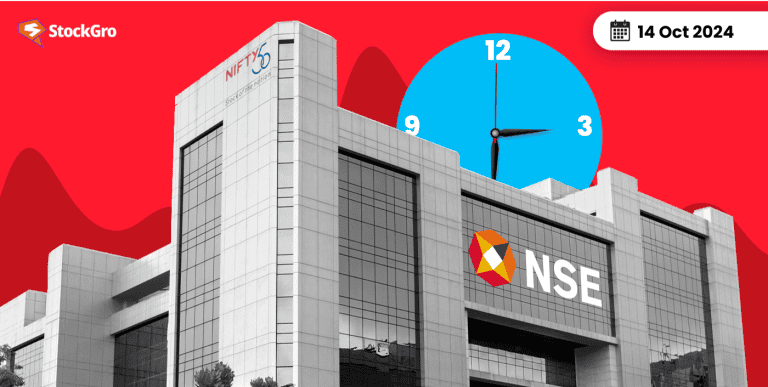
From international trade to investment decisions, changes in interest rates and currency are significant in the modern global financial markets. For instance, worldwide merchandise trade volume is expected to rise by 2.6% in 2024 and 3.3% in 2025. Given these dynamics, changes in money value can have a major effect on trade ties, thus affecting demand, pricing, and the general state of the economy.
That is where the spot rate vs forward rate come in. These financial instruments let players in the market negotiate uncertain conditions and properly control their currency risk.
This article aims to provide a comprehensive explanation of spot rate vs forward rate, two fundamental concepts in finance and explore the key differences between spot rate vs forward rate.
Also read: How Forex Trading Works in India: A Complete Guide
What is the meaning of spot rate?
In foreign trade, a spot rate is the current market price for quick exchange of currencies. Based on supply and demand, it shows one nation’s real-time value against another.
The spot rate is the current value for which one may purchase or sell a currency for instant delivery. This rate is consistently influenced by changes in supply and demand, geopolitics, and economic data in the Forex or FX market.
For companies and consumers dealing in foreign currencies, the spot rate is crucial since it allows them to negotiate fast deals. For trade, travel, or quick decisions on investments, it provides a real-time benchmark for evaluating the value of a currency—which is rather crucial.
For instance, if an Indian company wishes to buy $100,000 right now and the current USD/INR spot rate is ₹74, the company will pay ₹74,00,000 for this quick exchange of funds.
What is a forward rate?
In finance, a forward rate is a set exchange rate decided upon in a forward contract to be used for future date currency exchanges. It locks in a rate today for a transaction scheduled later, therefore hedging against changes in currency values.
In a forward contract, in which parties consent to exchange currencies at a designated rate on a predefined future date, a forward rate is set. This rate is derived from the current spot rate modified concerning interest rate fluctuations.
For companies and investors involved in foreign trade, forward rates are vital since they offer consistency against changes in the value of currencies. By establishing an exchange rate, they can mitigate foreign exchange risk and more effectively allocate funds for future transactions.
For instance, an Indian company expects to get three months’ worth of $1,000,000. It forms a forward contract at ₹75/$ to hedge against INR/USD exchange rate swings, thus guaranteeing a set conversion of ₹75,000,000 independent of future rate developments.
Also read: Forward markets – meaning, types and features
Spot rates to forward rates
The forward rate is calculated by combining the interest rate differential between the two currencies involved in a transaction with the current spot rate.
The calculation of forward rates can generally be performed using the formula:
Forward rate=Spot rate(1 + Interest rate of quote currency1 + Interest rate of base currency)
Where:
- The spot rate is the present two-country currency exchange rate.
- The interest rate of the home currency is known as its base interest rate.
- Interest Rate of Quote Currency is the interest rate of the foreign currency (in this case, USD).
Example
Let’s calculate the forward rate for USD/INR with the following assumptions:
- Current spot rate (USD/INR) = 83.50
- Interest rate in the US = 2%
- Interest rate in India = 5%
- Duration = 6 months (0.5 years)
We apply the forward rate formula:
Forward rate=83.50(1 + 0.05 × 0.51 + 0.02 × 0.5)
Forward rate=83.50(1.0251.01)
Forward rate=83.501.01485=84.74
Thus, the 6-month forward rate for USD/INR would be ₹84.74.
Key differences between spot rate vs forward rate
| Spot rate | Forward rate | |
| Definition | The current exchange rate for an immediate transaction. | A predetermined rate for an exchange to be executed in the future. |
| Time of transaction | Immediate, typically settled within two business days. | Set at a precise future date, maybe days, months, or years later. |
| Purpose | Used for transactions requiring immediate settlement. | Used to mitigate the risk of future currency fluctuations. |
| Price determination | Driven by present market supply and demand conditions. | Calculated based on the current spot rate with adjustments for interest rate differences. |
| Usage | Commonly used for travel, quick payments, and short-term trades. | Typically used in international trade, investments, and to manage currency risk. |
| Volatility | Prone to fluctuations based on real-time market movements. | Locked in when the contract is agreed, offering protection against future volatility. |
| Settlement | Happens either right away or over a very short period. | Finalised on the agreed-upon future date, as per the contract. |
Practical applications of spot rates
Spot rates are the instantaneous settlement current exchange rates. They are rather useful for numerous reasons.
- Currency conversion: For real-time currency conversions—needed for international transactions—banks and companies employ spot rates.
Assume an Indian corporation has to pay a US supplier an invoice totalling $50,000. At that instant, the spot rate for INR/USD is ₹83.00. The corporation will need ₹4,150,000 using this spot rate to promptly pay the invoice.
It guarantees correct, current conversion for companies and facilitates their foreign exchange management.
- Arbitrage: Traders benefit by using variations in spot rates among markets. It guarantees worldwide alignment of the rates, hence preserving market efficiency.
Assume the spot rate for USD/INR is ₹83 in the Indian currency market; but, a delay in rate synchronisation causes the spot rate in an international market to be ₹82.80. Arbitrage lets a trader profit ₹20,000 by purchasing $100,000 in the international market at ₹82.80 and selling it in the Indian market at ₹83,000.
Large institutional traders generally handle this operation, which also helps to avoid variations in exchange rates among several markets.
- Valuing assets: Spot rates allow financial organisations to value assets and obligations denominated in foreign currencies, therefore offering a realistic picture of their value at any one moment.
Imagine an Indian bank with one million US Treasury bonds on hand. The bank figures the value of these bonds in INR using the current spot rate of ₹83/USD. The US bonds’ value in INR would be ₹83,000,000.
Reporting financial statements depends on this spot rate appraisal, which guarantees the company shows the most current status of the market.
You may also like: How does arbitrage trading work?
Practical applications of forward rates
Agreed upon today for transactions to be settled at a future date are forward rates. They also have varied useful practical uses.
- Hedging: Forward contracts are used by companies and investors to guard against negative currency swings.
Set to collect €1,000,000 in six months, an Indian exporter worries the INR might weaken. They lock in a forward rate of ₹91/€ to help to reduce this risk. This assures them of receiving ₹91,000,000 independent of future changes in exchange rates.
- Pricing derivatives: Pricing many financial derivatives including futures and options depends fundamentally on forward rates. They account for time and interest rate variations, therefore offering the predicted value of an asset.
Suppose an Indian investor is trading oil futures. Oil’s spot price is $80 per barrel; they consider three-month futures contracts. Depending on the current price, interest rates, and expenses, the forecast price is $82. This forward price enables the investor to efficiently hedge or speculate by knowing the future cost of oil.
- Interest rate forecasting: Forward rates let analysts and financial organisations forecast future interest rates, therefore guiding better-informed investment and policy decisions. These projections guide banks and investors in risk management and loan or investment strategy development.
Analysing forward prices for INR/USD, an Indian bank projects a higher interest rate environment for the following year. It raises loan rates for consumers borrowing USD to guard against possible rate increases.
Forward rates are also used by bond investors to project future interest rates, therefore guiding their decisions on whether to keep or sell their fixed-income assets.
Factors impacting spot and forward rates
Spot and forward rates change depending on a range of economic events influencing market circumstances; they are not fixed. The following are some main economic elements influencing spot and forward rates:
- Supply and demand: The present spot rate vs forward rate expectations change with the balance between supply and demand.
- Interest rates: Given the expense of carrying, higher interest rates typically translate into higher forward rates.
- Inflation: Expected inflation impacts both spot and forward rates as it affects purchasing power.
- Market sentiment: The rates can be affected by investor opinions and speculation.
- Economic indicators: Rates can be affected by GDP growth, employment statistics, other economic indicators, and so forth.
- Political stability: Stability in politics can influence the values of money and investor confidence.
- Geopolitical events: Variations in rate can be brought on by natural disasters, wars, and other geopolitical considerations.
- Currency exchange rates: Forward pricing of commodities traded abroad may vary depending on changes in currency exchange rates.
These factors collectively shape the pricing of both spot and forward rates, helping investors make informed decisions.
Bottomline
Anyone engaged in commerce, investment, or international finance must first understand spot and forward rates. Reflecting current market conditions, spot rates offer the exchange rate for quick transactions. Forward rates, on the other hand, lock in an exchange rate for a future date, therefore providing a means to hedge against future currency volatility.
Mastery of these ideas can help companies and investors control their currency exposure, lower their risks, and make wise financial decisions.
Knowing how to use spot rate vs forward rate properly can help one to have more consistent and predictable financial results whether handling immediate cash demands or future transaction planning.
FAQs
What is the difference between spot rate and cross rate?
The spot rate is the instantaneous currency transaction current exchange rate between two currencies. Cross rates, on the other hand, use a third currency, usually the US dollar, to figure out the exchange rate between two currencies. To get the cross rate, for instance, you may utilise their respective rates against the US dollar to ascertain the exchange rate between the Euro and the Japanese Yen.
When is the spot price greater than the forward price?
A forward discount results when the spot price exceeds the forward price. This kind of situation usually results from the market expecting the currency to weaken going forward. Higher interest rates in the home nation of the currency relative to the foreign nation can cause this situation when investors expect lesser future worth for the currency.
What is the difference between the spot rate and the contract rate?
For quick cash transactions, the spot rate is the current exchange rate. By contrast, in a financial contract for a future transaction, the contract rate is a pre-agreed exchange rate determined. Either a forward rate or a rate decided upon in a currency swap or other financial agreement will provide clarity and hedging against future currency volatility.
What is the relationship between forward price and spot price?
The cost of carrying the underlying asset—including interest rates, storage expenses, and dividends—defines the link between the forward price and the spot price. Usually, the forward price is the spot price changed for these carrying expenses across the contract duration. A forward premium is indicated by a higher forward price; a forward discount by a lower future price.
What is the difference between the spot rate and the mid rate?
For quick cash transactions, the spot rate is the current exchange rate. The average of the bid (buy) and ask (sell) rates provided by currency dealers is known as the mid rate—or midpoint rate. Although the spot rate shows the real transaction rate, in financial markets the mid rate offers a benchmark or reference rate frequently utilised for pricing and valuation.

